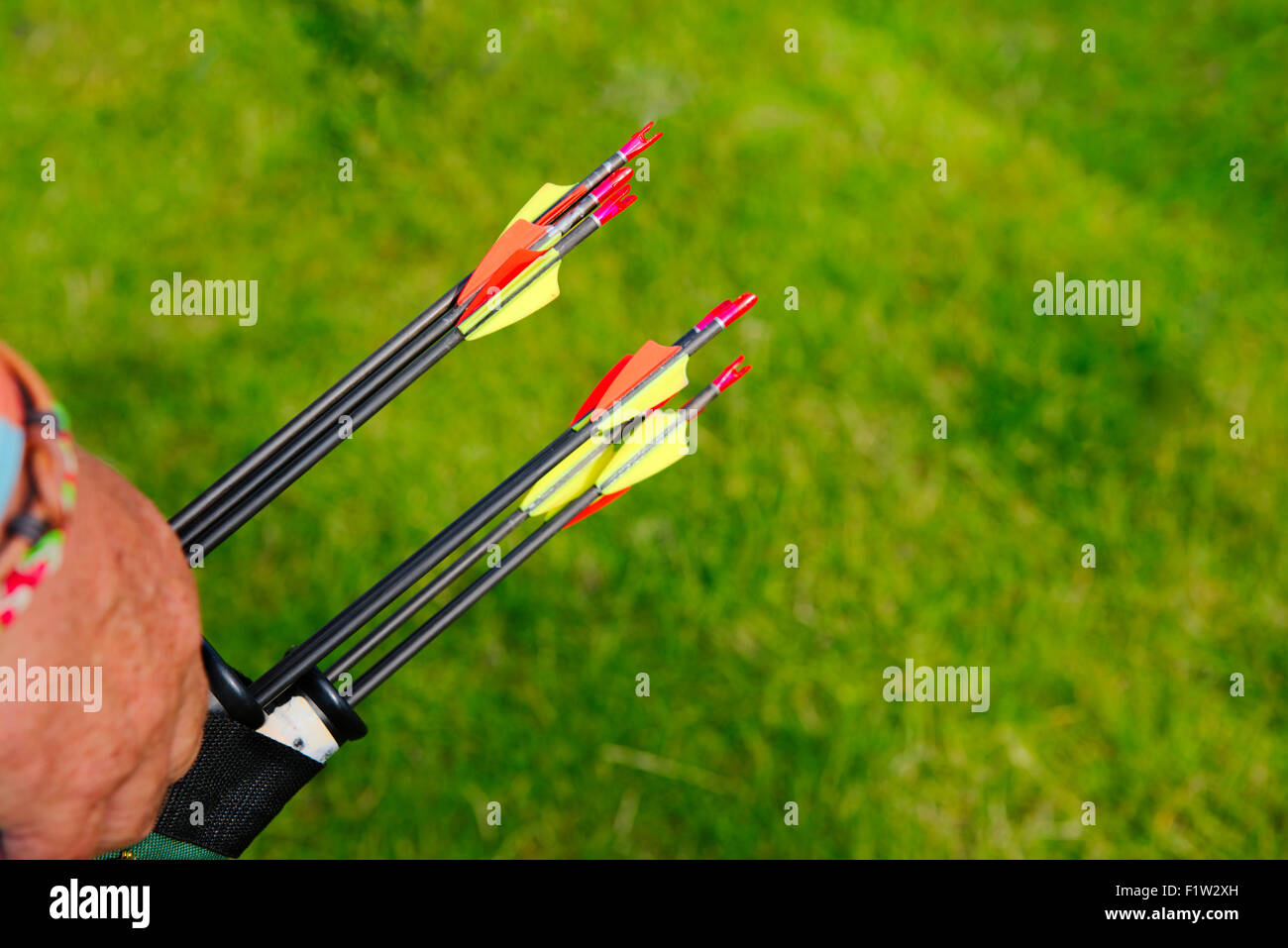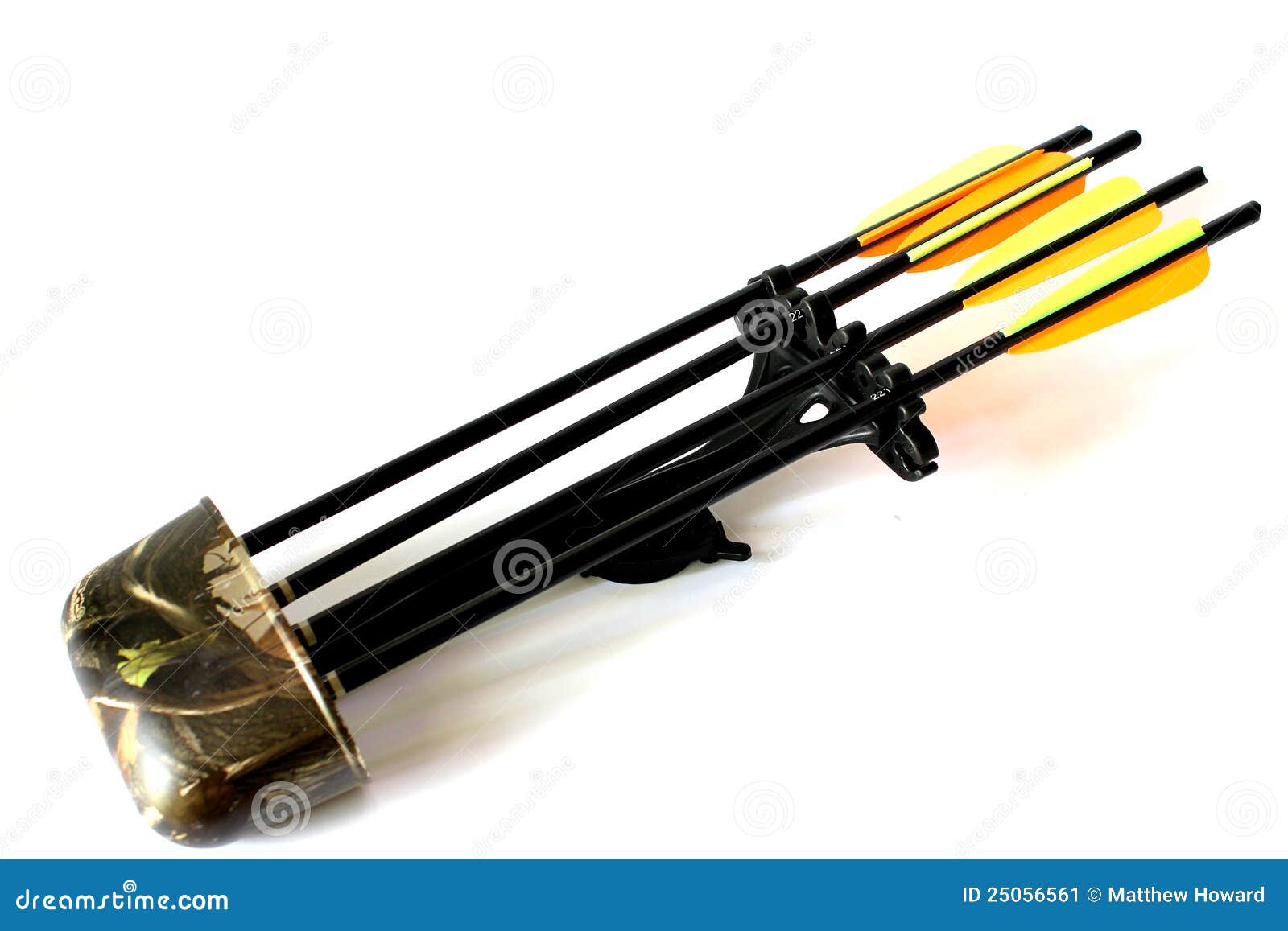
Quivers of this description are worn by the Norman archers depicted on the Bayeux Tapestry, created around 1070 AD. Arrows were inserted with their heads down, the fletchings protruding over their entire length above the upper opening.ĭetail from Sébastien Mamerot’s Les Passages d’Outremer, showing mounted archers on crusade with arrow bags tucked under their belts It is in the shape of a round tube with a bulging upper rim, mostly made from leather, and worn on the right hand side with a shoulder strap. While the English word ’quiver’ derives from the Old French quivre, cuevre or coivre, the German term ’köcher’ can be traced back to the Turko-Mongolian word kukur, which became cucura in Latin, thus betraying its Eastern origin.Ī very simple form of quiver has probably been in use at least since the Iron Age.

They were carried on belts, attached by metal rings and hooks, on the right side of the hip. Arrows were inserted with their tips up, so that specific arrowheads could be chosen, and the sensitive fletchings were well protected. They resemble long conical tubes of oval cross section made of birch bark or leather covered wood, usually equipped with a lid or flap. Many of them were of Eastern origin, introduced by the invading Huns and Avars. A few remains from the Iron Age migration period, and early medieval graves offer clues as to the shape, construction, and ways of carrying these quivers. However, since these containers were invariably made of organic materials such as wood, leather, or fabric, only few specimens or fragments have survived. A variety of means to transport arrows were used instead. Most probably, real medieval archers were well aware of the disadvantages of carrying their precious arrows on their back and thus out of sight.

However, there is absolutely no historical evidence for its use in Europe during the Middle Ages. Particularly when it comes to quivers, film-makers can’t seem to resist the urge to place them on the actors’ backs, where the arrows will rattle, be prone to falling out or getting caught in overhanging trees, and have to be pulled out blindly over the shoulder in a long and cumbersome motion.Įver since Errol Flynn’s ’Robin Hood’ (1938), the leather back quiver appears to have been a favourite accoutrement for ’medieval archers’ in film and television. Tubular quivers with shoulder straps.Īchery and Hollywood – not often a great combination.

Norman archers on the Bayeux Tapestry, c.


 0 kommentar(er)
0 kommentar(er)
